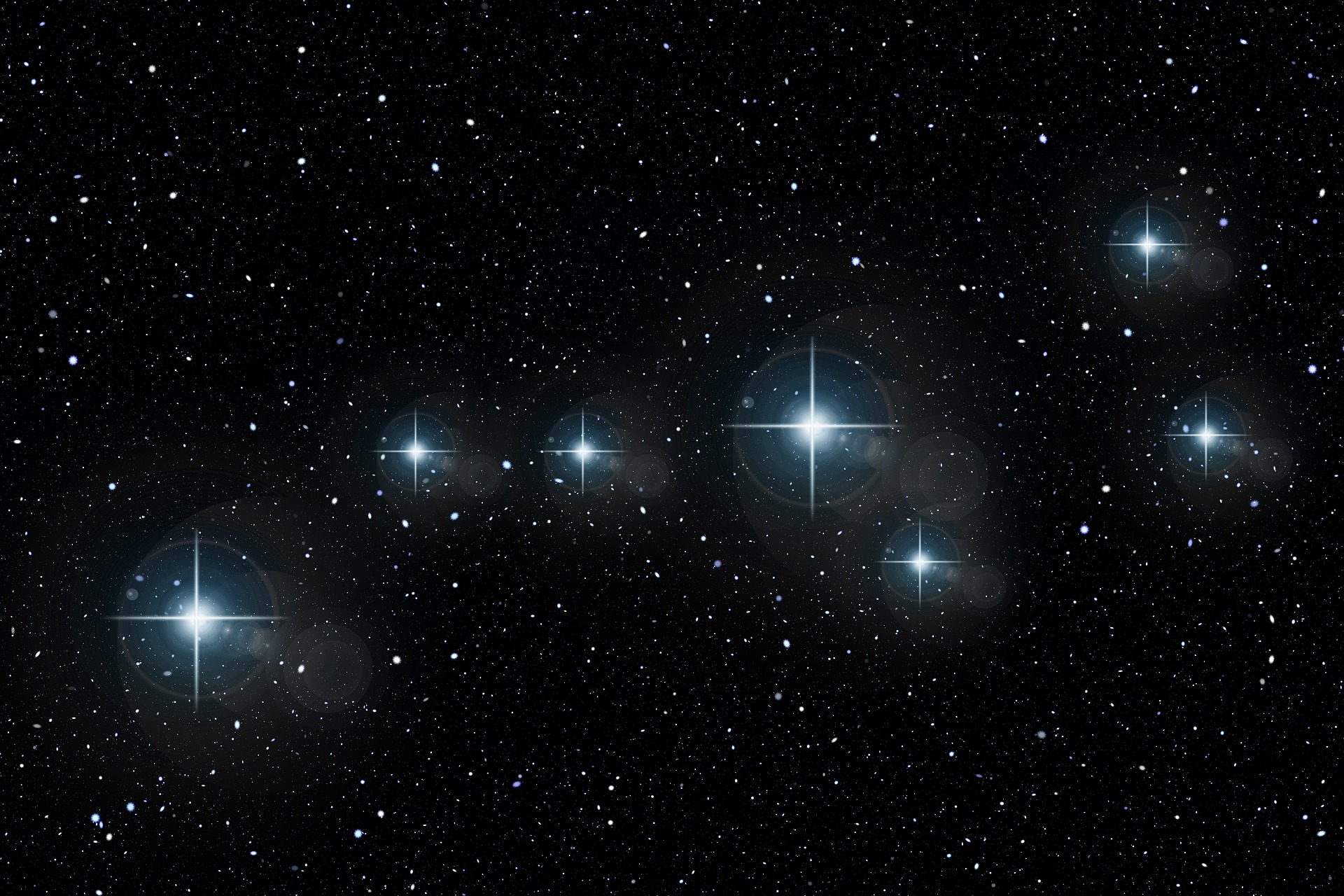Star Light, Star Bright
By Gabe Kraljevic
Posted on 2019-11-25
 I was planning a lesson for fifth grade about constellations. If you have any ideas, I would love to hear them.
I was planning a lesson for fifth grade about constellations. If you have any ideas, I would love to hear them.
—B., Illinois
Students often develop the misconception that constellations are two-dimensional. It’s like looking at a road map and never understanding that there is a three-dimensional topography to the land. I would stress that the stars in a constellation are almost all at different distances from Earth. Your students can research their own constellations to make three-dimensional models which, when viewed from the right direction, form the shape we know. The American Museum of Natural History has some related activities http://bit.ly/346dKi0.
Students should make some night observations of stars, the Moon, and planets. There are many online maps to download for each month of the year. Have students learn the prominent constellations and how to use “finder stars.” Have your students construct planispheres—simple paper-and-card stock dial maps that you rotate to the correct time and date for observation. There are many to choose from online such as this one from Sky & Telescope: http://bit.ly/2po0Q0f.
Why not make the lesson cross-curricular? The sky map we follow reflects Greek culture from two and a half millennia ago. The names and stories of the constellations are interesting to students as they ponder why there is a harp (Lyra) and a winged horse (Pegasus) in the sky, and who was Perseus? Give them a star map without lines or names. Ask them to make up their own constellations and stories. I can bet you that they will see cell phones, anime characters and pop stars.
Hope this helps!
Image by Gerd Altmann from Pixabay
Disclaimer: The views expressed in this blog post are those of the author(s) and do not necessarily reflect the official position of the National Science Teaching Association (NSTA).


